Important keys to Successful Workday Implementation
Category: Workday HCM Posted:Jun 03, 2020 By: Robert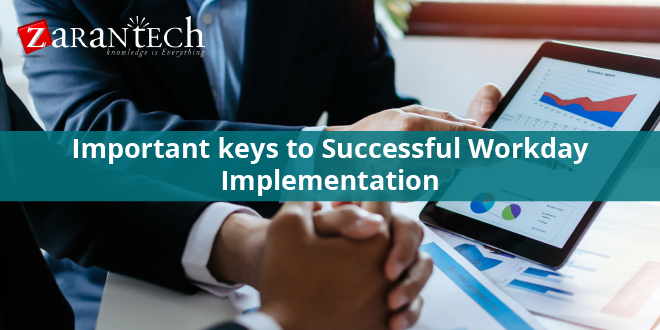
Workday
Workday provides a variety of applications to assist businesses and maintain processes running none more important than the Workday Human Capital Management (HCM) suite. As organizations evolve as well as adopt a “best of breed” technique to their enterprise ecosystem, Workday HCM Integration with various applications, systems, services as well as APIs throughout the enterprise is crucial.
Cloud-based ERP services (SaaS) have blown up in recent times and Human Capital Management(HCM) has been no exception. Workday is a leading provider of enterprise cloud applications for Human Resources and Finance that is making it easier for organizations to handle their Human Resources recruitment and payroll procedures.
Most business that is thinking about implementing Workday have one of the listed below business drivers:
- An instruction to consolidate several ERP applications (often across multiple geographical areas) that are supporting HR, Payroll, and other processes into a single application.
- A demand to satisfy division certain needs that are not provided for in the centralized ERP solution.
In either scenario, Workday has the possibility to increase your existing HCM relevant capability and enhance your business procedures, but it can’t operate in isolation. To increase the efficiencies as well as cost savings that can be obtained with Workday, you must focus on just how to integrate the application with your existing on-premise as well as cloud systems.
In this blog site, I am going to share a few of our key system integration learnings from a Workday implementation.
Want to Boost Your Skills in Workday Integration? Click here
Getting Started
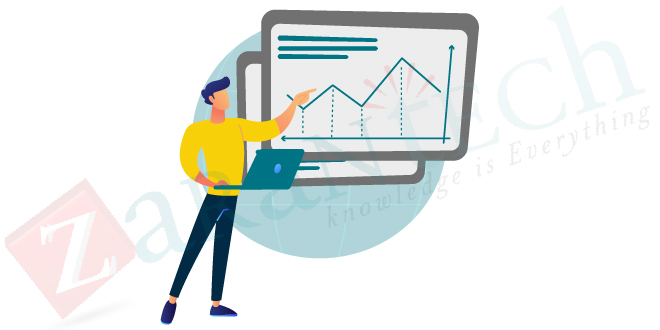
There are multiple options for integrating Workday with other systems. As it is a relatively new item it might not always be clear which approach would best match your company demands. There are a number of questions and/or predicaments you might deal with at the beginning of your implementation including:
- Workday integration option versus traditional integration providers, or a combination of both?
- Point-to-point integration versus best practice integration approaches?
- How to re-use Workday integrations over a phased Workday rollout technique?
- How to reduce the integration risks connected with regular item launches and the upgrade of Workday as well as downstream systems?
- How to minimize long-term dependency on external Workday subject matter specialists to support and manage integrations?
The key is to analyze your specific situation and think about the approach that the finest aligns with your short and long term business objectives. Mostly the common mistake I’ve seen is organizations just examining integration with the Workday application as opposed to validating integration from an end-to-end point of view, which will certainly include a number of downstream systems.
Enhance Your Abilities by Clicking here
Avoid Point-to-Point Integrations
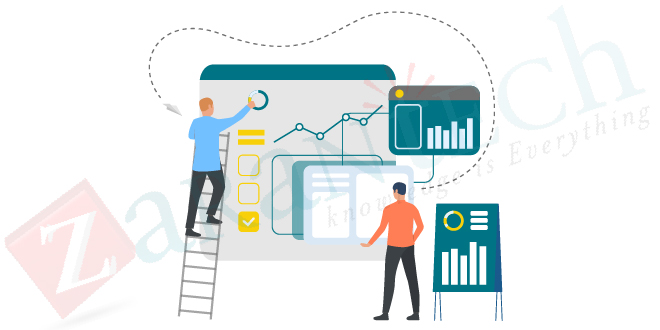
This may appear apparent as point-to-point integrations are a long-known issue that has actually caused challenges for both the business and IT for several years. It could be appealing, however, to take this strategy for a fast as well as the easy implementation of Workday or any other SaaS solution for that issue. So I would suggest, don’t do this!
You just need to use a little imagination to think of the complex web of integrations you could be creating when you begin using more SaaS items in the future.
Take a Process-Focused View
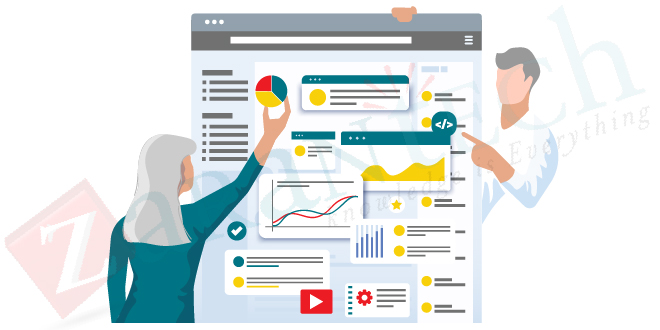
Workday will improve your existing HCM related functionality and simplify your business procedures but it is not a complete ERP-system. As a result, it is important to take a process-focused view to integration to prevent duplication and maximize the efficiencies that you are expecting as part of your rollout.
Some instances where a process-centric view is very important to include:
- Establishing whether a Hire organization procedure is launched directly in Workday or an external recruitment system needs to trigger the procedure via integration.
- Determining how to use the company’s specific duplication check guideline during an integrated Hire BP.
- Defining what requires to be integrated into payroll systems when a Termination BP is initiated in Workday.
- Comprehending integration impact on downstream systems due to the Rescind, Cancel, and correct functions in Workday.
- Ensuring procedures and data capture are not duplicated when Workday is integrated with various other Payroll or Financial ERPs.
To-be business process design, supplemented with integration factors must normally be done ahead of time.
Choose the Right Middleware for Your Situation
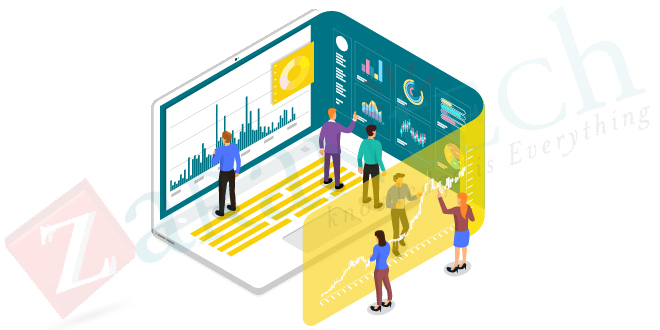
Workday offers its very own Cloud-based Integration middleware that is well suited for building integration parts that sit near the Workday domain. However, middleware platforms (on-premise or iPaaS) outside of Workday might offer better adaptability when integrating with numerous applications.
Consider the following prior to picking which middleware platform to use:
- Does your organization have an existing middleware system and skills?
- Will the six-monthly Workday product update impact the integration points you develop?
- The number of Workday integration points is likely to be less on an external middleware system e.g. the Worker data common model would only need to be built once.
- An external middleware platform might offer more adaptability and features to integrate with target systems than Workday middleware e.g. directs database, JMS, and numerous various other protocols.
- Traditional middleware skills are easier to find in the market than the skills required to support integration on Workday middleware.
Use Suitable Integration Tools from the Workday Integration Toolkit
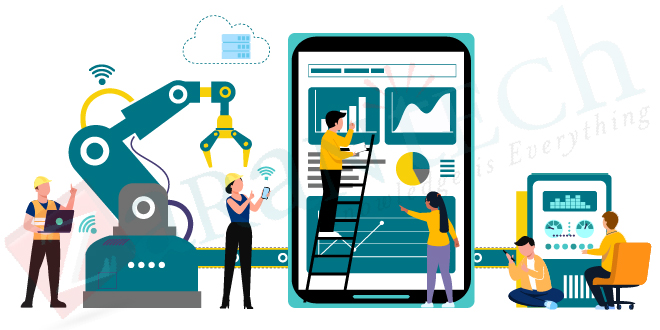
There are a number of alternatives offered as part of Workday’s Integration Structure and choosing the best one is critical for long-term assistance as well as maintenance. Workday offers out of the box connectors as well as an Enterprise Interface Builder (EIB) that are appropriate for basic integration scenarios.
They require very little development but have constraints on re-use. For larger organizations with complicated integration scenarios, custom integration can be built with Workday Studio and Middleware, Message Queues, and Workday Web Service.
Bottomline
Workday provides a variety of applications to assist businesses maintain processes running – none more important than the Workday Human Capital Management (HCM) suite.
Workday’s HCM Suite helps companies keep their organization running, however, today, the digital transformation is interfering with the way in which companies are set up.
If you are planning to boost your skills, choose our best online training platform, and learn from industry experts. So what are you waiting for? Click here, to skyrocket your career with the unique learning needs because Learning Never Exhausts The Mind.
These are the related articles that you can check



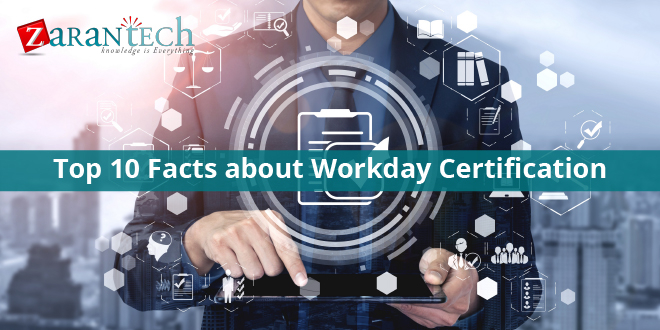
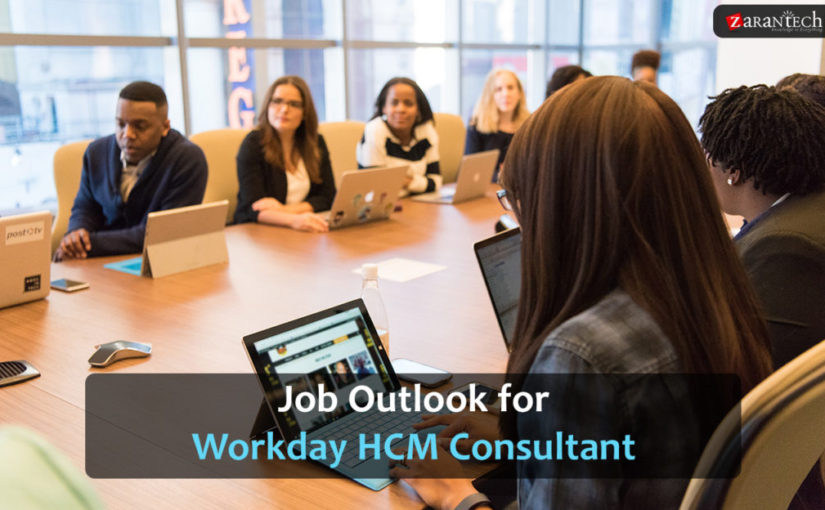
 99999999 (Toll Free)
99999999 (Toll Free)  +91 9999999
+91 9999999